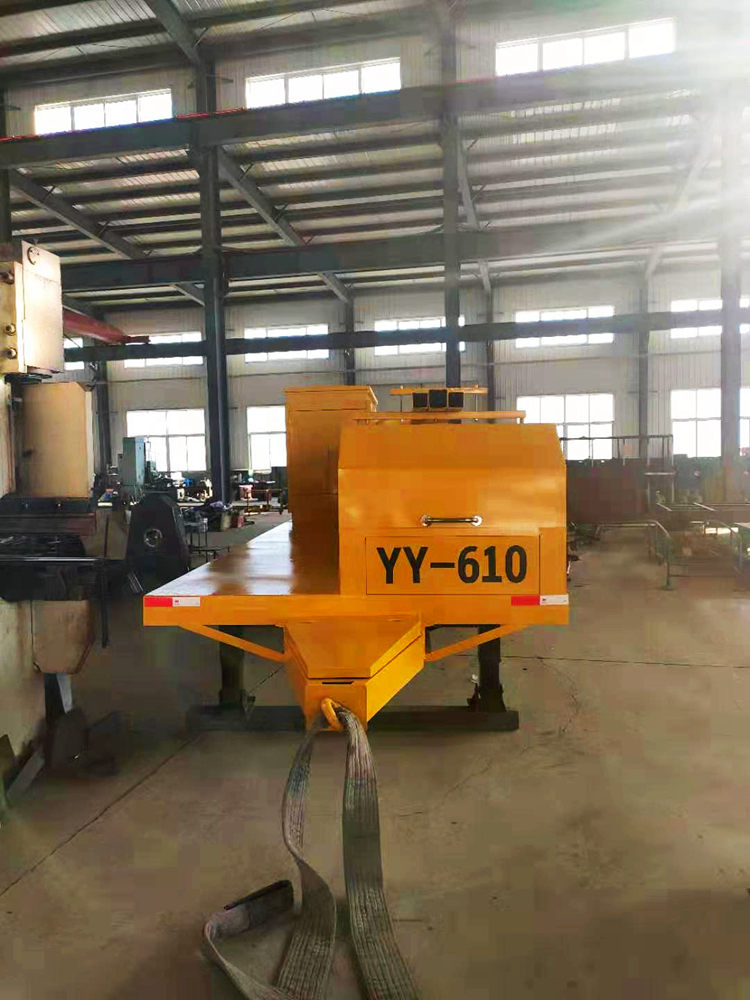
Understanding Color Steel Coils PPGI, ASTM, AISI, and GB Standards
In the realm of construction and manufacturing, metal materials play a crucial role. Among these materials, color-coated steel coils, particularly Pre-Painted Galvanized Iron (PPGI), have gained significant attention. These coils are not only structurally sound but are also aesthetically pleasing, which makes them a favored choice in various applications, from roofing to appliances. This article delves into the intricacies of color steel coils, focusing on PPGI and the relevant standards such as ASTM, AISI, and GB.
What is PPGI?
PPGI, or Pre-Painted Galvanized Iron, is essentially galvanized steel that has undergone a coating process. This process involves applying a layer of primer and paint over the galvanized base, which enhances the steel's resistance to corrosion and increases its longevity. The colorful finish also adds to the visual appeal, making it a preferred choice in architectural applications, decorative elements, and consumer goods.
The manufacturing of PPGI involves several steps. Initially, steel coils are galvanized through a hot-dip process, ensuring that they are coated with a layer of zinc. This step is vital for corrosion resistance. Following galvanization, the coils are pre-painted using advanced methods that guarantee the paint adheres well, offering durability and vibrant colors. This combination of features makes PPGI an optimal choice for both functional and decorative applications.
Standards Governing Color Steel Coils
To ensure quality, safety, and consistency, various standards have been established globally for color steel coils. Notable among these are ASTM, AISI, and GB standards.
ASTM (American Society for Testing and Materials)
ASTM International is a globally recognized leader in the development and delivery of voluntary consensus standards for materials, products, systems, and services. ASTM standards relevant to PPGI focus on the metallic coatings that enhance corrosion resistance and specify the required mechanical properties. These standards help manufacturers produce high-quality PPGI products that meet or exceed industry expectations. For instance, ASTM A755 delineates the specifications for the metallic-coated steel sheet used in PPGI, emphasizing the quality and performance expected in the finished product.

AISI (American Iron and Steel Institute)
The AISI plays a crucial role in establishing guidelines and standards for the iron and steel industry in the U.S. This institution is instrumental in promoting the use of steel while also ensuring that its production and usage adhere to defined quality measures. AISI standards provide a clear conception of the grades and types of steel, influencing how PPGI is produced, especially regarding the base steel’s composition and mechanical properties.
GB Standards (Guobiao Standards)
In China, GB standards govern a wide array of materials, including PPGI. The GB/T 2518 standard is particularly notable, as it specifies the requirements for galvanized steel sheets and their paint systems. Like ASTM, GB standards ensure that the products not only meet quality expectations but also comply with safety regulations. As China's manufacturing capacity grows, GB standards are essential for both domestic use and international trade, validating the quality of PPGI exports.
Applications of Color Steel Coils
The versatility of PPGI makes it suitable for a wide range of applications. In construction, PPGI is commonly used for roofing sheets, wall panels, and facades due to its excellent weather resistance and aesthetic flexibility. In the appliances sector, it is used for manufacturing washing machines, refrigerators, and other household items, where visual appeal and durability are critical. Additionally, PPGI is also favored in the automotive industry for components where aesthetics and protection against corrosion are paramount.
Conclusion
Color steel coils, specifically PPGI, represent a significant advancement in metal material technology. By adhering to internationally recognized standards like ASTM, AISI, and GB, manufacturers can ensure that the coils are not only visually appealing but also meet stringent quality and performance prerequisites. As the demand for tailored aesthetic solutions continues to rise across various industries, the importance of PPGI and its adherence to these standards will only increase, highlighting the fusion of beauty and practicality in modern manufacturing.